Ontario, usually a national leader in adopting smart policy, is lagging behind its provincial peers in one important area: mass timber buildings.
Creating more opportunities for wood in construction, specifically through mass timber, will help address our climate and housing crises as well as assist us in rebounding from pandemic-fuelled unemployment if paired with green-building skills training.
What are mass timber buildings?
Mass timber buildings, those with structural elements primarily made of solid, built-up, panelized or engineered wood products, are currently limited to six storeys in Ontario. Provinces like Alberta, British Columbia and Quebec have all adopted Canada’s forthcoming national building codes, allowing for construction of up to 12 storeys. Harmonizing Ontario’s code with the national standard should be an urgent priority and there are good reasons for it.
Using mass timber reduces our carbon footprint
Trees absorb climate change-causing carbon emissions, which remain trapped in the wood long after its use in construction projects. Vancouver’s Brock Commons tower, the world’s largest mass timber building at 18 storeys, is estimated to have offset more than 2,400 metric tonnes of carbon. That’s the equivalent of taking roughly 520 cars off the road for an entire year. As well, greater use of sustainably sourced mass timber products will facilitate better forest management, reducing the potential for forest fires that have ravaged North America in recent years.
Using timber can get buildings done faster and quieter
Key structural elements such as walls, pillars and floors can be prefabricated when it comes to mass timber buildings, meaning quicker construction. Additionally, mass timber is also a fifth of the density of concrete, making it easier to transport and work with onsite. Taken together, this is why mass timber buildings often create less debris, less noise and fewer neighbourhood disruptions – all of which are common reasons why communities oppose local construction projects despite how critically-needed they are.
Timber can unlock jobs and affordable housing
From a supply perspective, Canada has nearly 350 million hectares of forest, third only to Russia and Brazil. Due to its abundance, wood is an obvious building resource that can be locally and sustainably sourced and grow our nation’s already strong forestry sector, which supports more than 147,000 jobs across the province.
Additionally, wood and mass timber are ideally suited for mid-rise residential buildings, something that Ontario’s most populated cities and regions are in desperate need of. Though the pandemic has slowed migration to metropolitan zones, population growth still far outpaces rates of housing construction. Wood and mass timber, as a renewable resource with endless applications, can help get housing built faster and pass savings on to future homeowners or tenants.
Building a more sustainable future
While Canada’s vast natural resources can certainly support a shift toward more wood-based sustainable construction, it’s a different story when it comes to our workforce.
Nearly one in four skilled trade workers are expected to retire within the next five years. In Ontario alone, as many as 250,000 trades jobs are currently sitting empty with no one collecting a paycheque.
Newly created initiatives like Workforce 2030 are attempting to close that gap, fast-tracking workforce development in sustainable infrastructure to help hit climate targets. Still, more efforts should be made by governments and industry to grow workforce capacity by investing in green-building training and attracting more people to work in the sector.
As we look to reboot our economy, address our climate and housing crisis and create higher-value job opportunities, we should create more opportunities for mass timber buildings.
Roselle Martino is the Vice-President, Policy at the Toronto Region Board of Trade. Richard Lyall is the President of the Residential Construction Council of Ontario. Send comments and Industry Perspectives op-ed ideas to editor@dailycommercialnews.com.


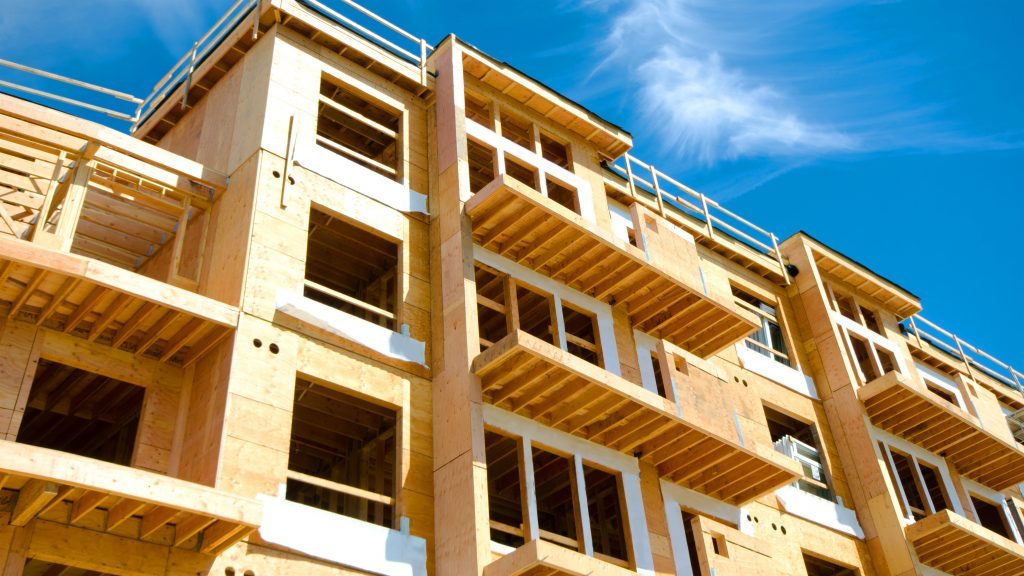

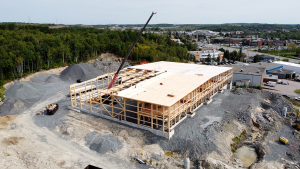
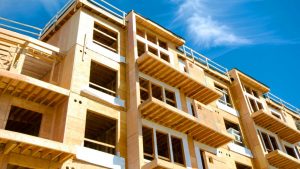


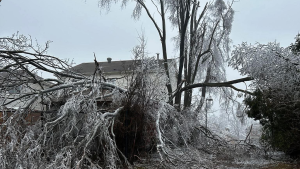
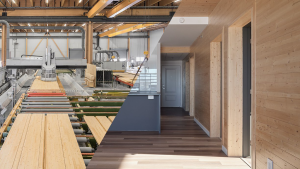

Recent Comments
comments for this post are closed